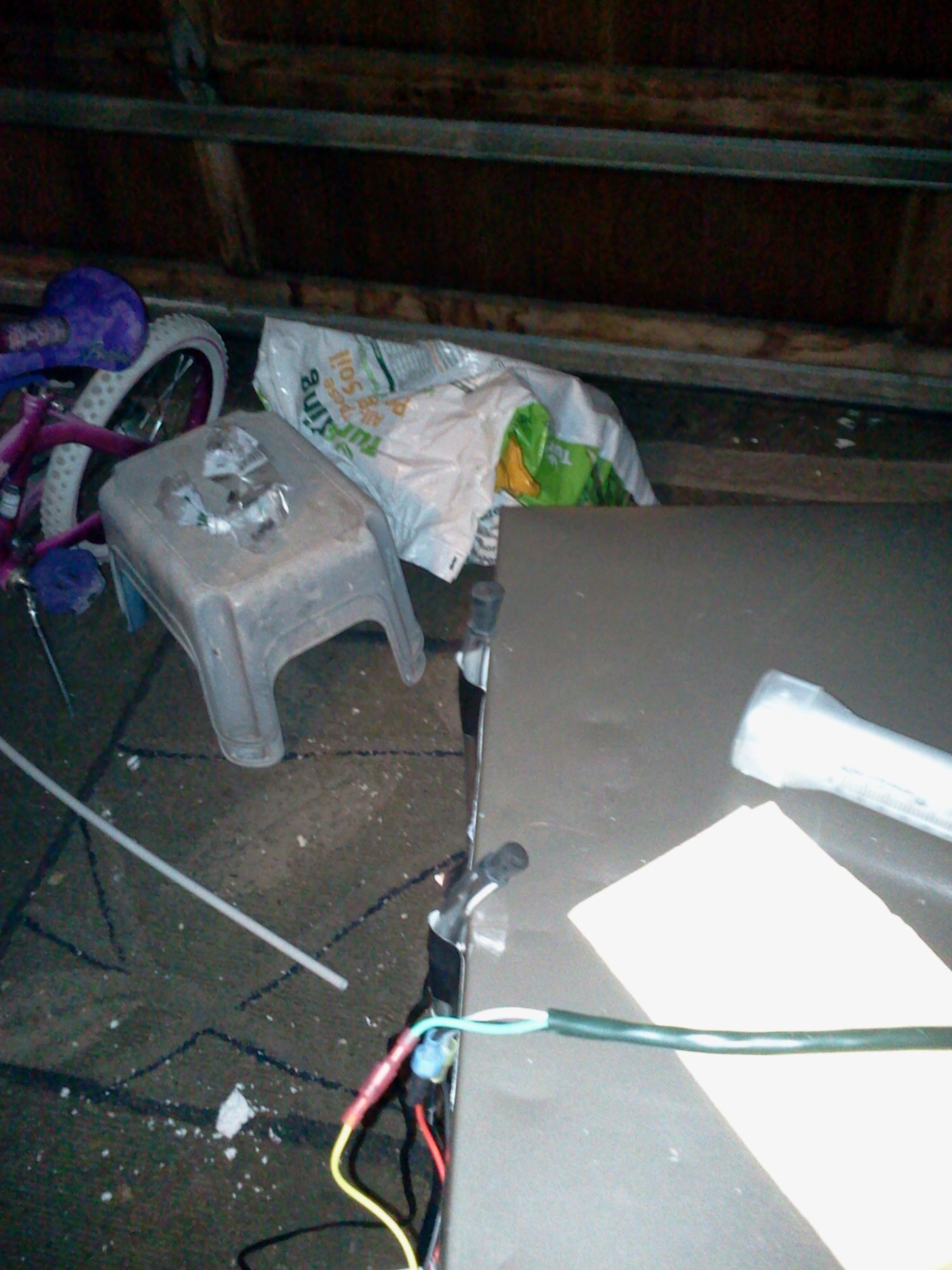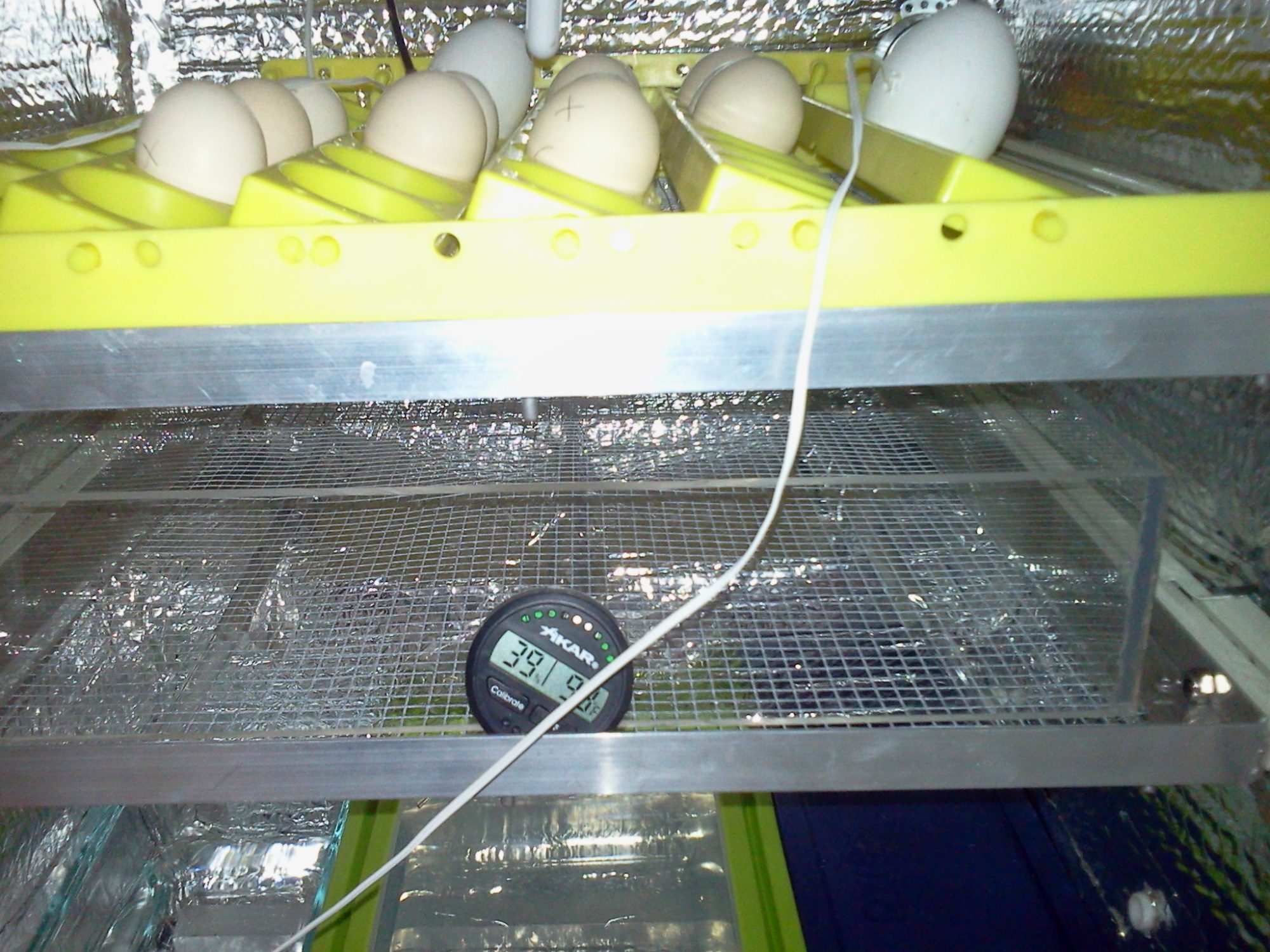I just left mine open but only used as incubator and had a separate hatcher. Would like to see how you make the remote fill tray, I wanted to make a bucket one that is like the big $$ incubators but ran out of steam LOL, used a large tray below the fan and filled it when needed.
Ayda
Ayda







